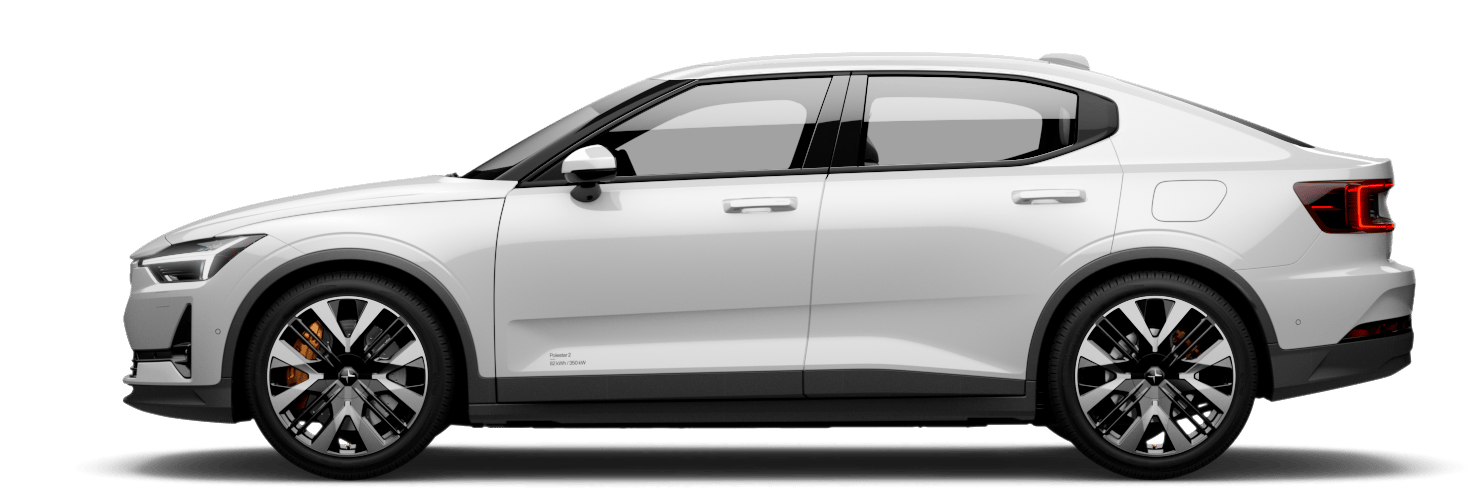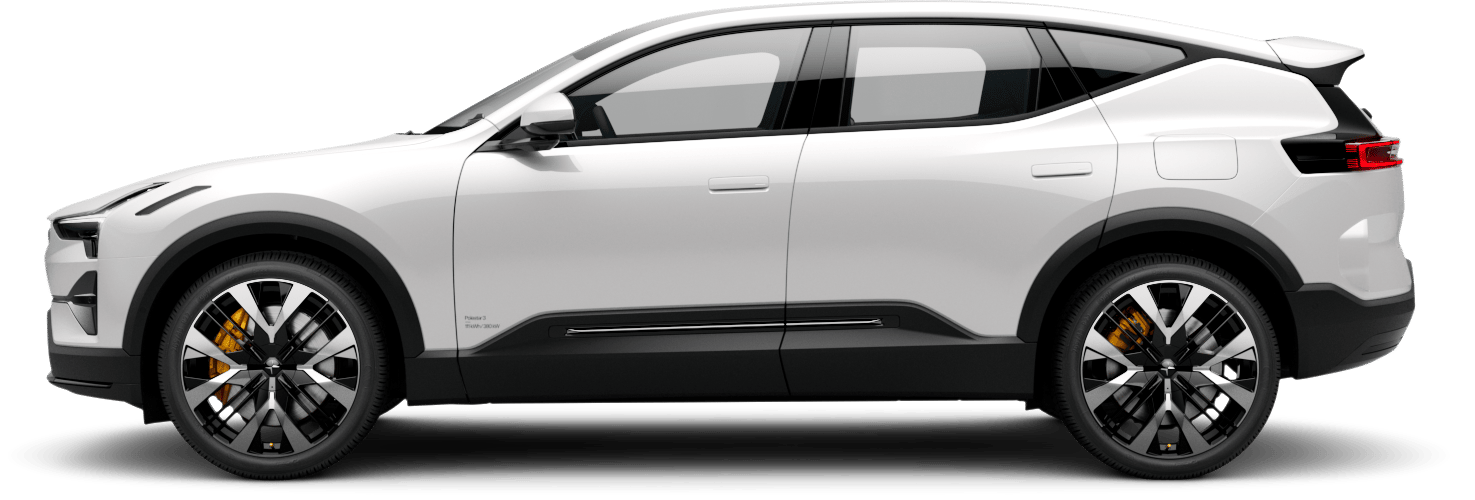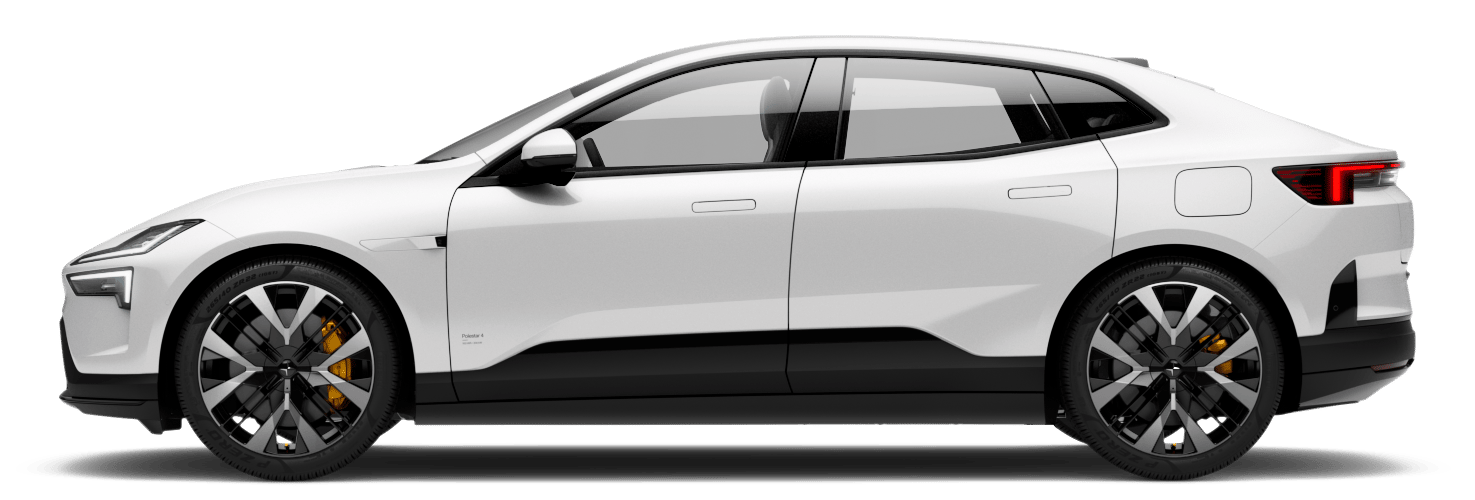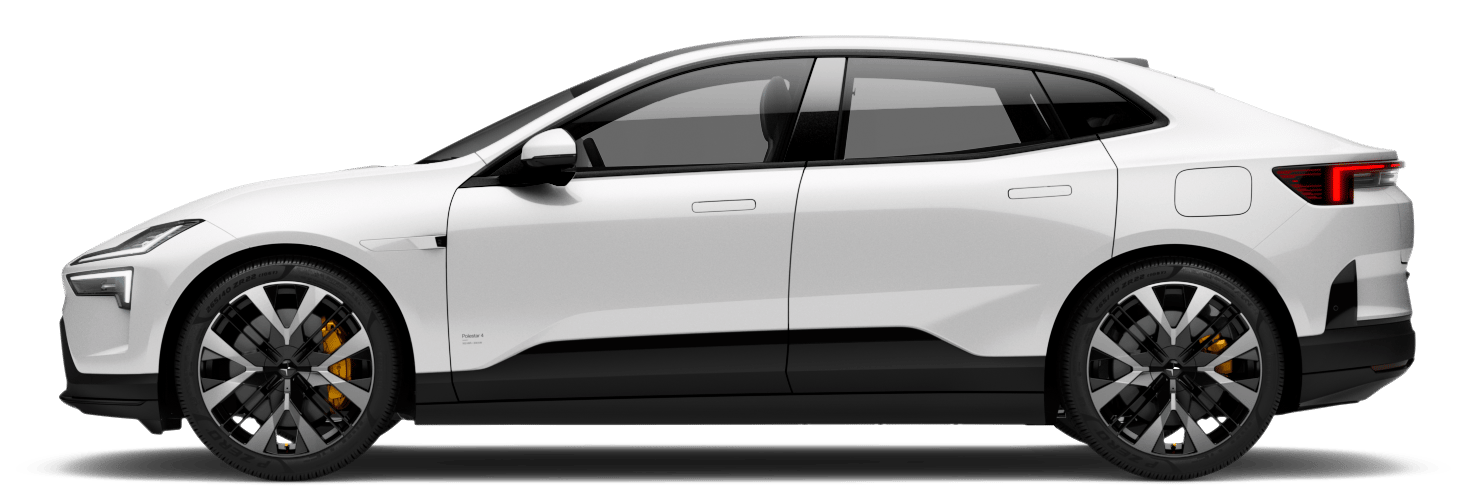Driving lights
Driving lights mix automatic behaviors and manual controls, which allows you to adapt to any situation or visibility conditions.
Important
The driver is always responsible for ensuring that the vehicle is driven while using a lighting mode that is suitable for the current driving conditions and local traffic regulations.
Primary lighting
You can choose between several different primary lighting modes in the center display. Your selection sets a standard lighting behavior.
 | Auto | Automatic lights mode1 allows your vehicle to automatically detect and calculate which lighting mode is most suitable for the driving and environmental lighting conditions. |
 | High beams | You can manually select the passing beam to keep the front lights dipped. |
 | Parking lights | The parking lights make your vehicle more visible to other road users when your vehicle is stationary. You can lock the vehicle with the parking lights on if you intend to leave it for a short period of time. |
 | Off | Off deactivates all primary lighting modes.2 |
Additional lights
You can control the high beam and the turn signals using the left-hand steering wheel stalk.
The hazard warning flasher helps you to warn others of potential risks. You can turn it on and off by pressing the button in the overhead console.
There are additional lights that can be enabled in the center display, such as:
| Rear fog lights | The rear fog lights warn traffic behind you of your presence in conditions of poor visibility. |
| Bending lights | As you turn, the active bending lights move the beam to follow the road ahead. |





